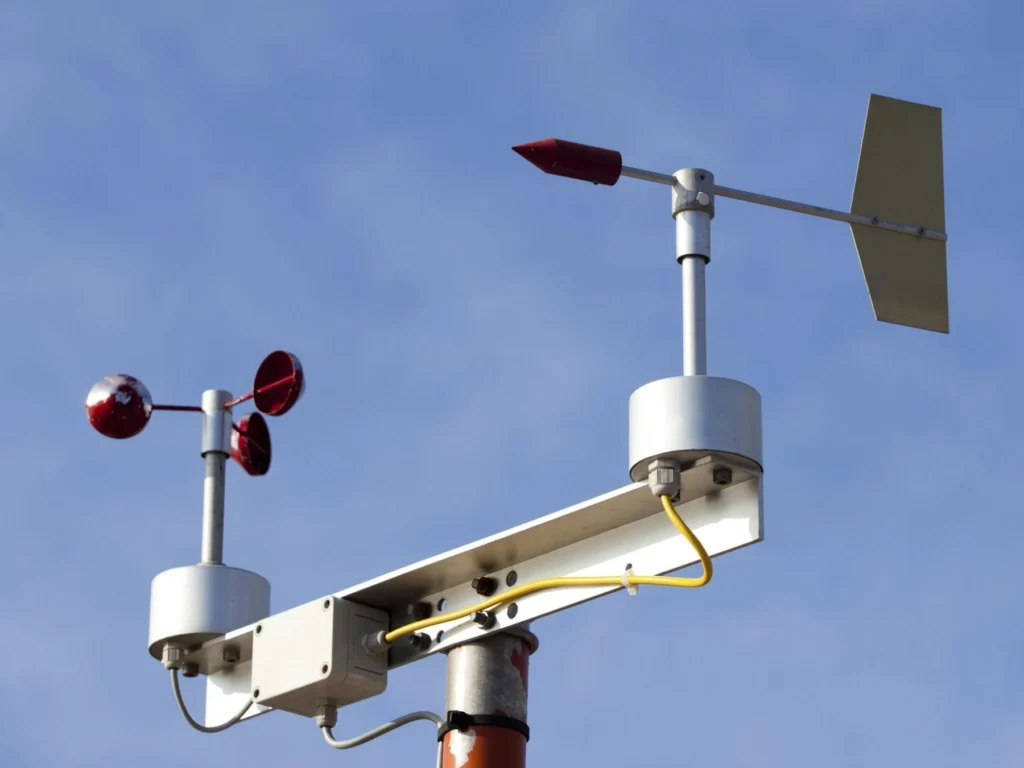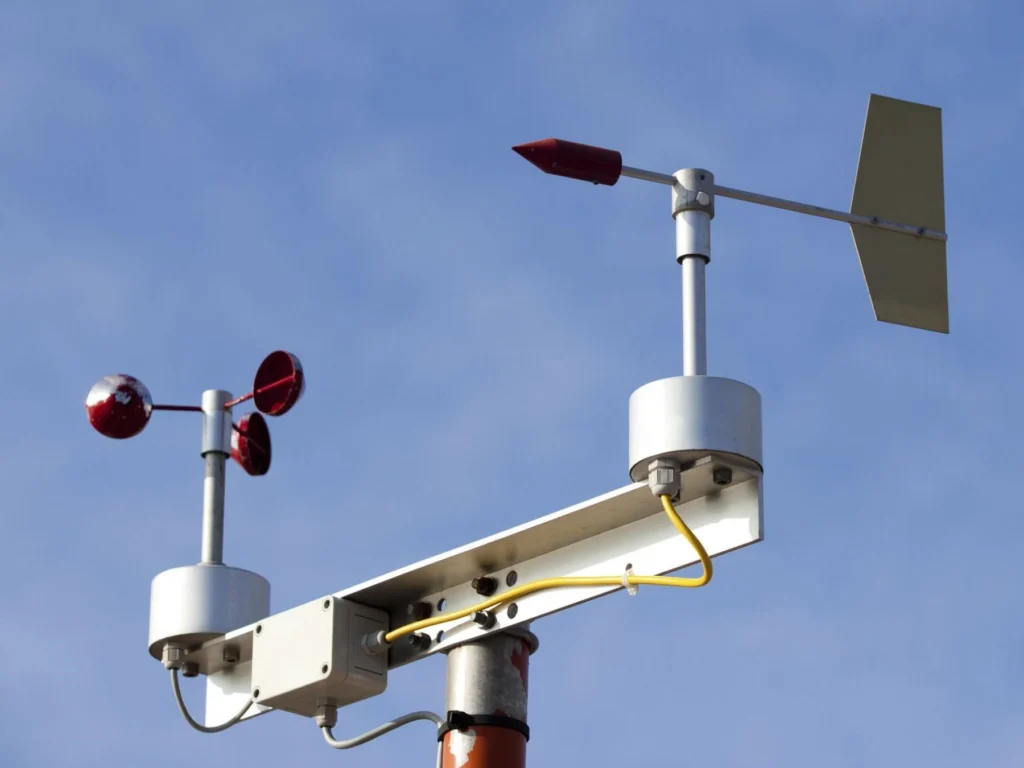Wind Measuring Instruments: Essential Tools for Accurate Weather Monitoring

# Wind Measuring Instruments: Essential Tools for Accurate Weather Monitoring
Wind measuring instruments are indispensable tools in meteorology, environmental science, and various industries that rely on accurate weather data. These devices provide critical information about wind speed, direction, and other atmospheric conditions, enabling professionals to make informed decisions and predictions.
## Types of Wind Measuring Instruments
There are several types of wind measuring instruments, each designed for specific applications and environments. Some of the most common include:
– Anemometers: These devices measure wind speed and are widely used in weather stations, aviation, and marine applications.
– Wind Vanes: Also known as weather vanes, these instruments indicate wind direction and are often paired with anemometers for comprehensive wind data.
– Sonic Anemometers: Utilizing ultrasonic sound waves, these advanced instruments measure both wind speed and direction with high precision.
– Cup Anemometers: Featuring rotating cups, these traditional devices are reliable for measuring wind speed in various conditions.
## Applications of Wind Measuring Instruments
Wind measuring instruments are utilized in a wide range of fields, including:
– Meteorology: Accurate wind data is crucial for weather forecasting and climate studies.
– Aviation: Pilots and air traffic controllers rely on wind measurements for safe takeoffs, landings, and flight planning.
– Marine Navigation: Sailors and maritime professionals use wind data to navigate safely and efficiently.
– Renewable Energy: Wind turbines require precise wind measurements to optimize energy production and ensure safety.
## Choosing the Right Wind Measuring Instrument
Selecting the appropriate wind measuring instrument depends on several factors, such as the intended application, environmental conditions, and required accuracy. It’s essential to consider the following:
– Accuracy: Ensure the instrument provides the level of precision needed for your specific use case.
– Durability: Choose a device that can withstand the environmental conditions it will be exposed to.
– Ease of Use: Opt for instruments that are user-friendly and easy to maintain.
– Data Integration: Consider whether the device can integrate with other systems or software for comprehensive data analysis.
## Conclusion
Wind measuring instruments play a vital role in accurate weather monitoring and decision-making across various industries. By understanding the different types of instruments and their applications, professionals can select the right tools to meet their specific needs. Whether for meteorology, aviation, marine navigation, or renewable energy, these devices are essential for ensuring safety, efficiency, and informed decision-making.
Keyword: wind measuring instrument
